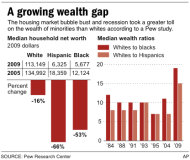DixieDestroyer
Hall of Famer
Dr.Paul warns of definite default due to the unsustainable debt...
http://www.realclearpolitics.com/vi...efault_because_the_debt_is_unsustainable.html
http://www.realclearpolitics.com/vi...efault_because_the_debt_is_unsustainable.html




